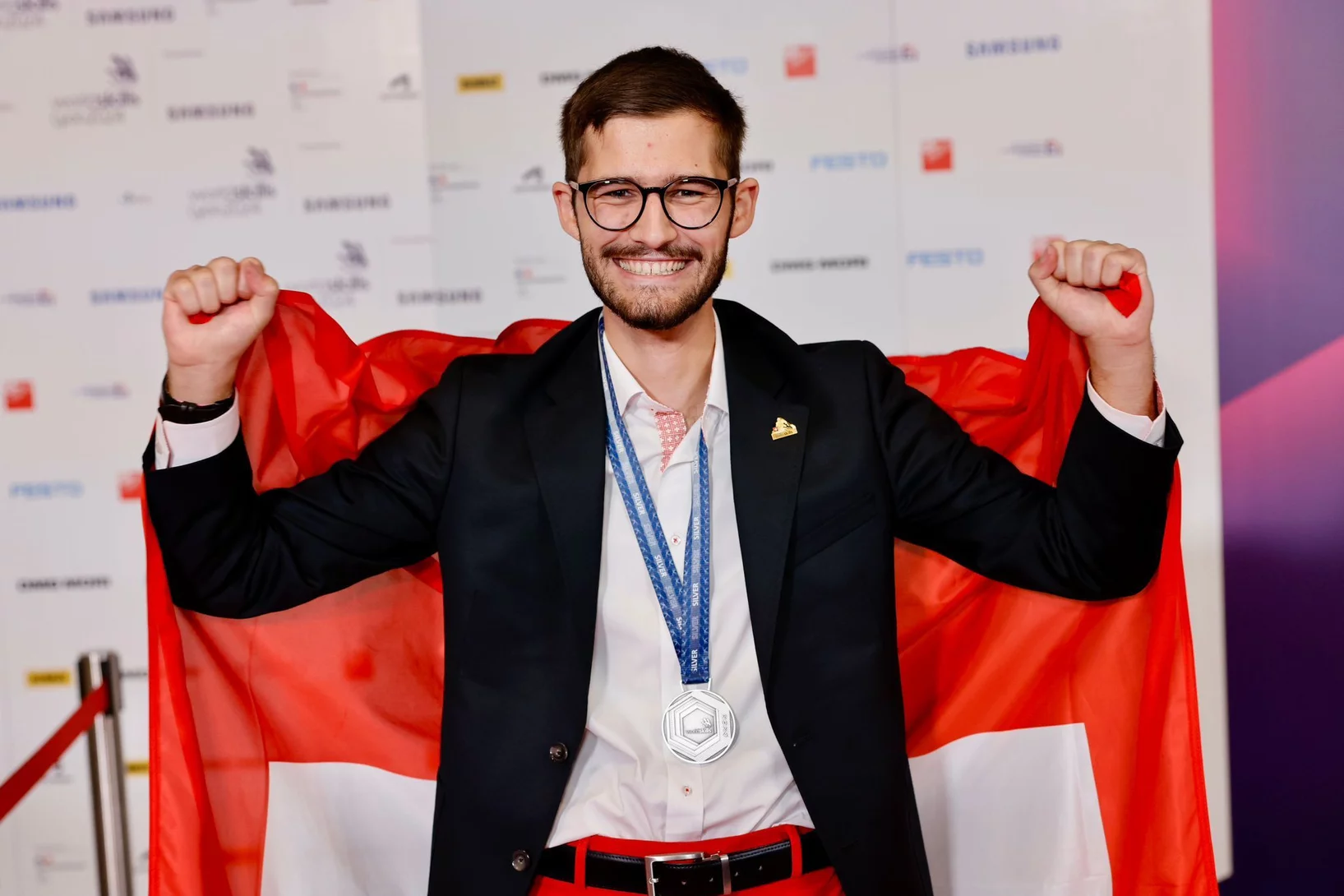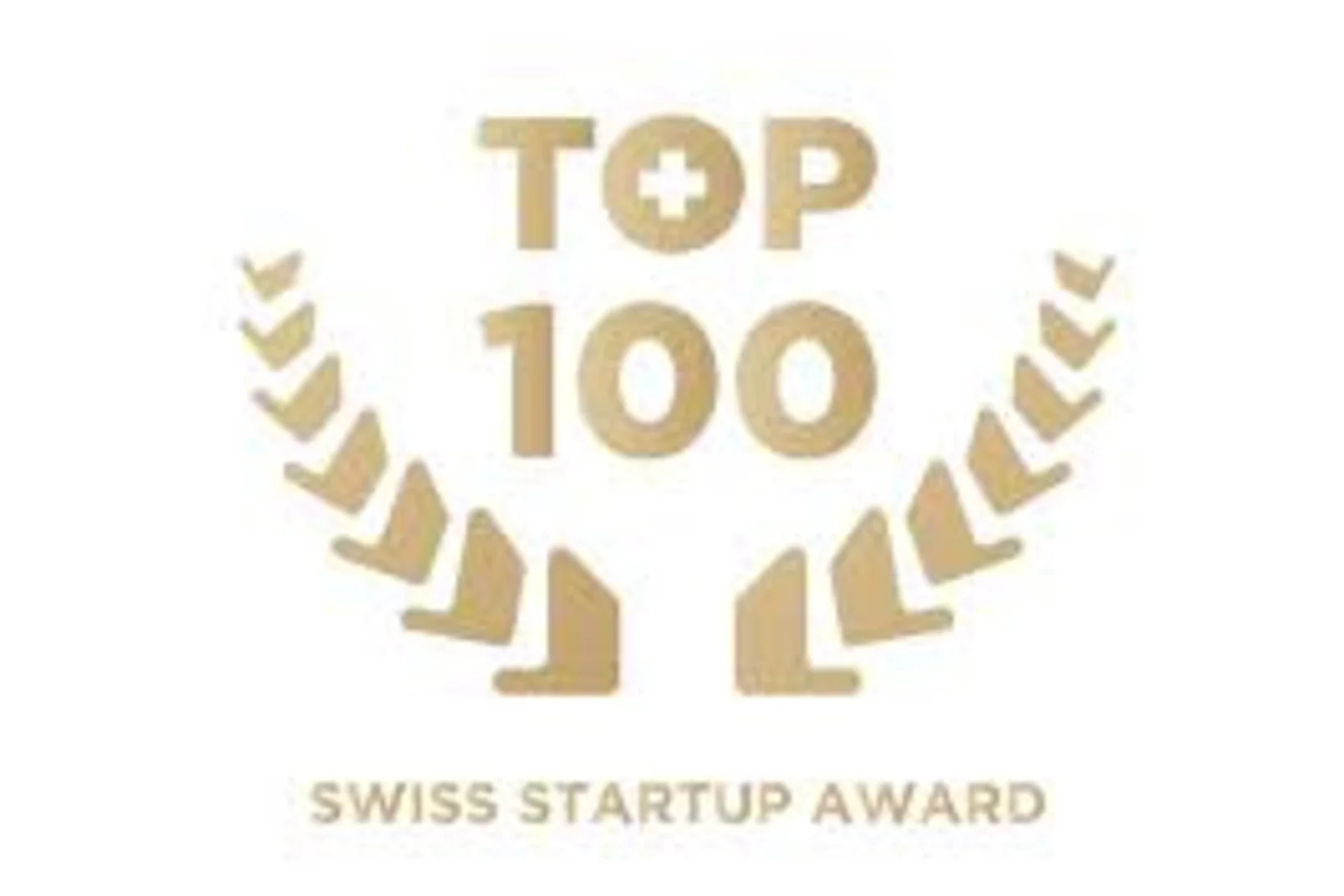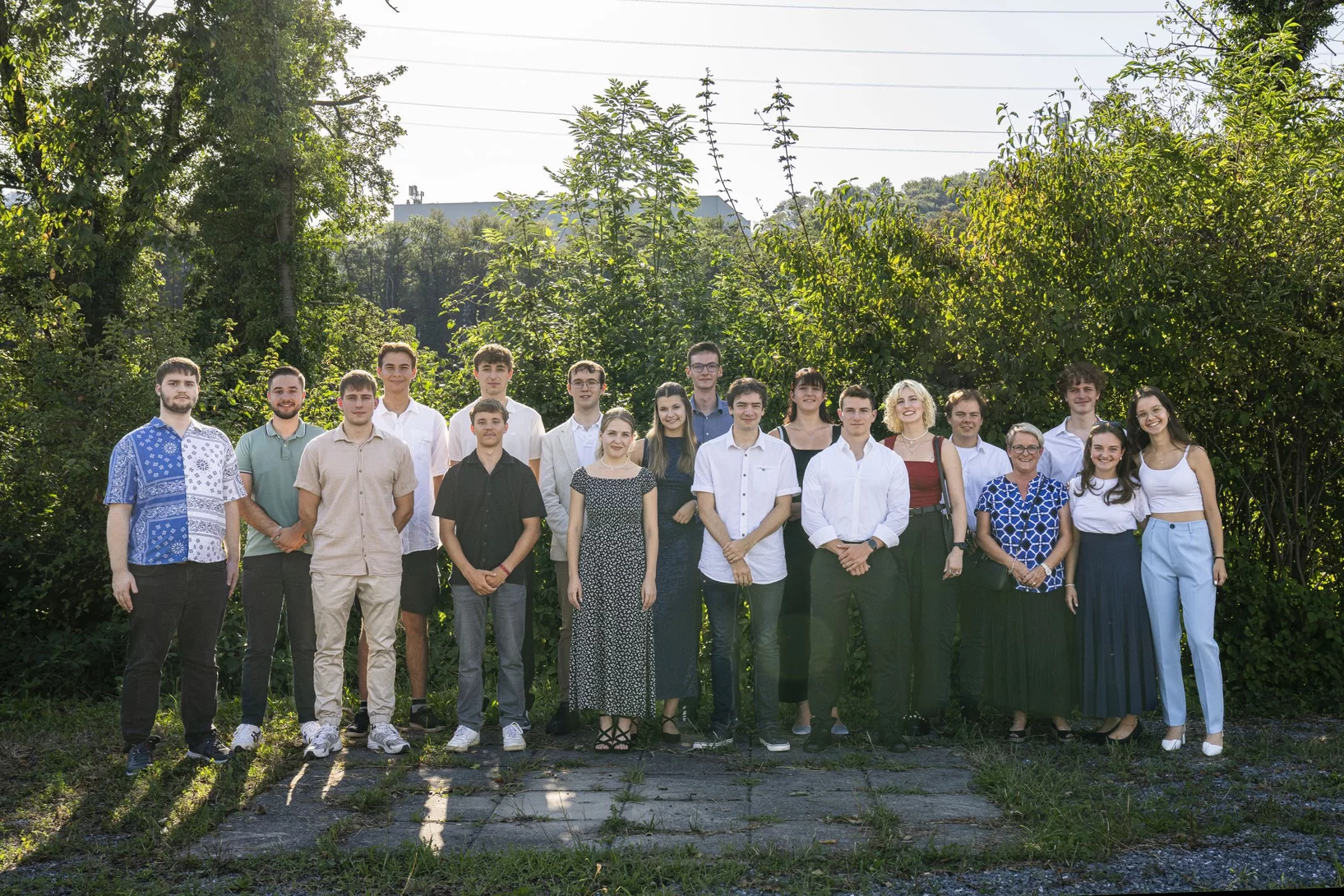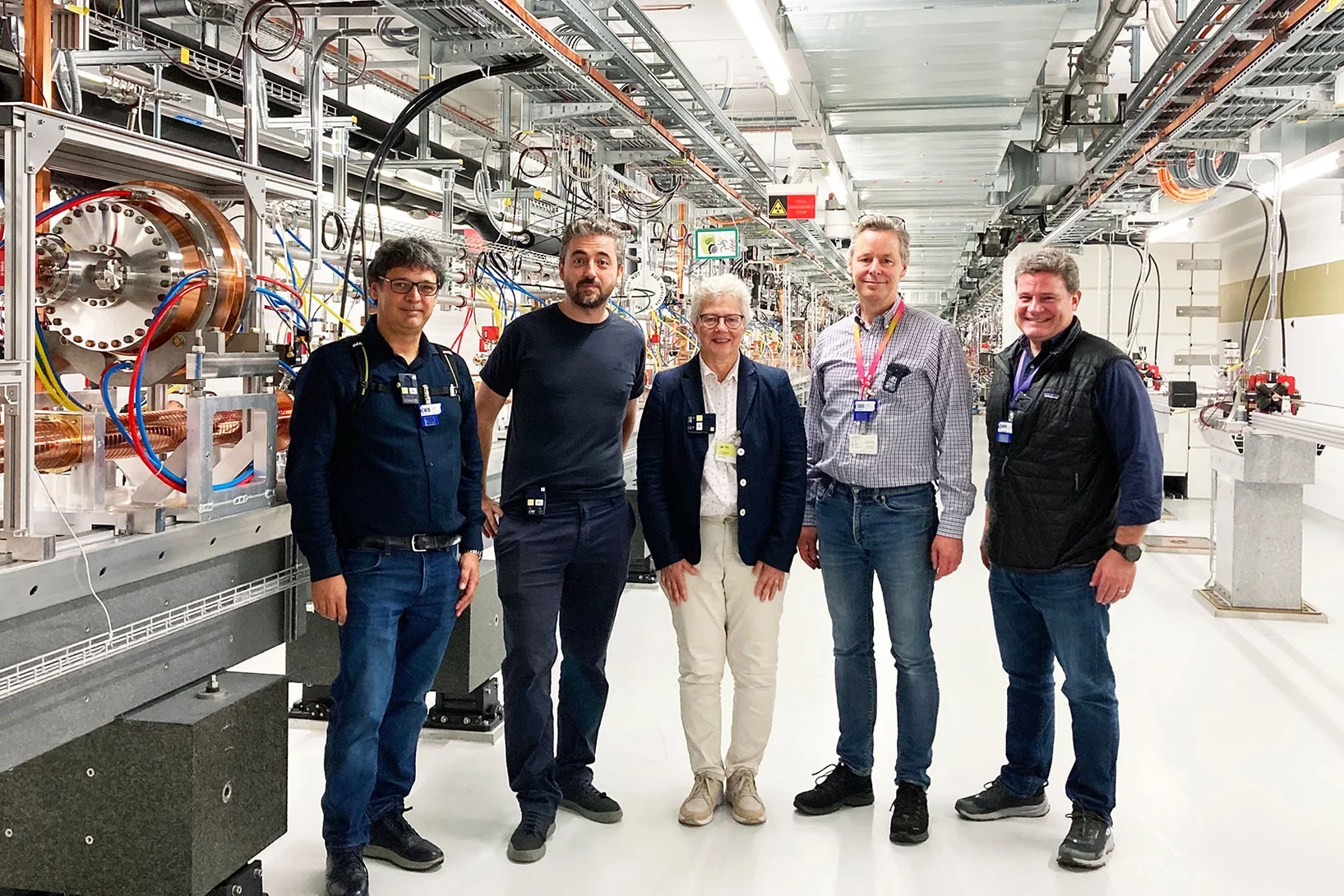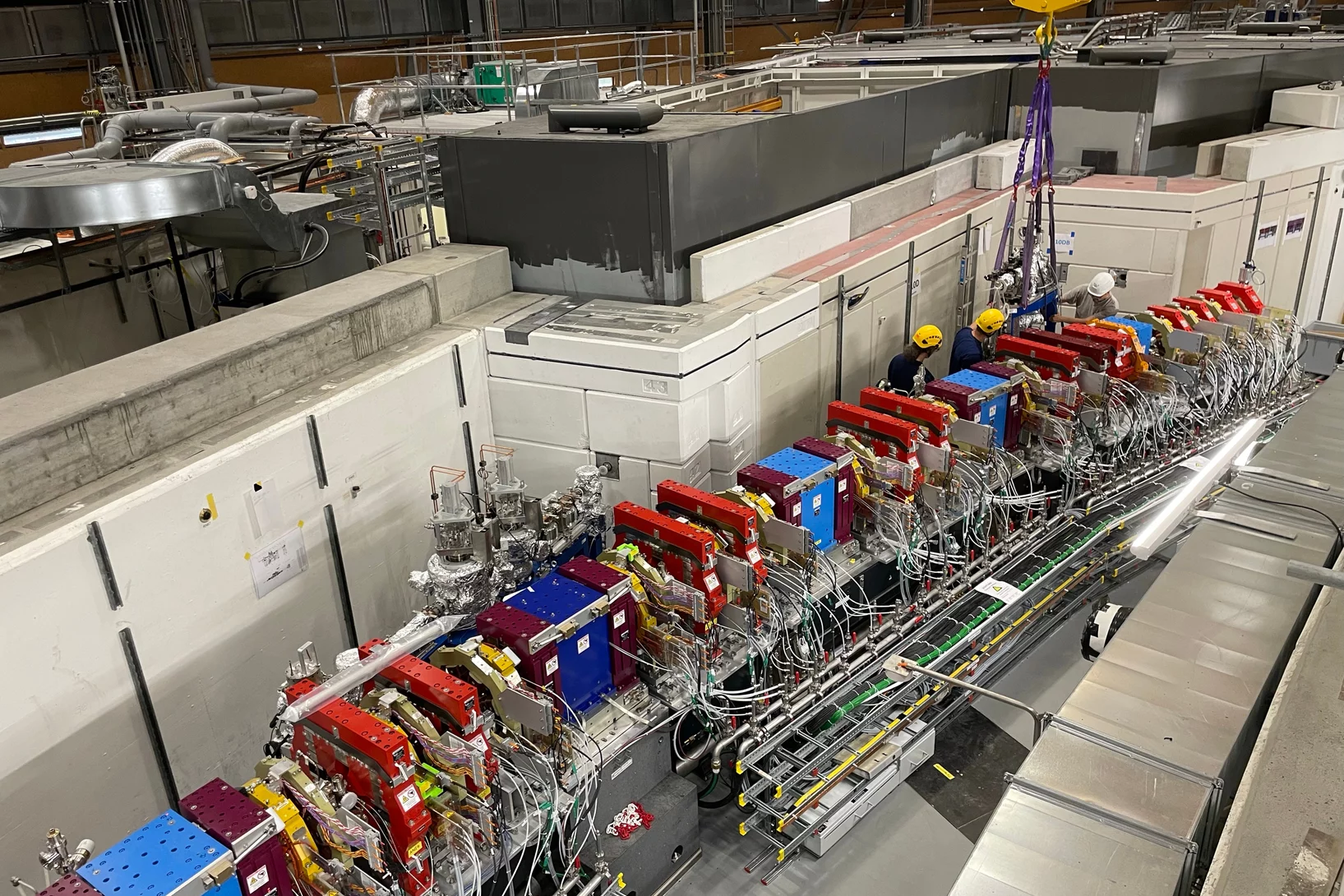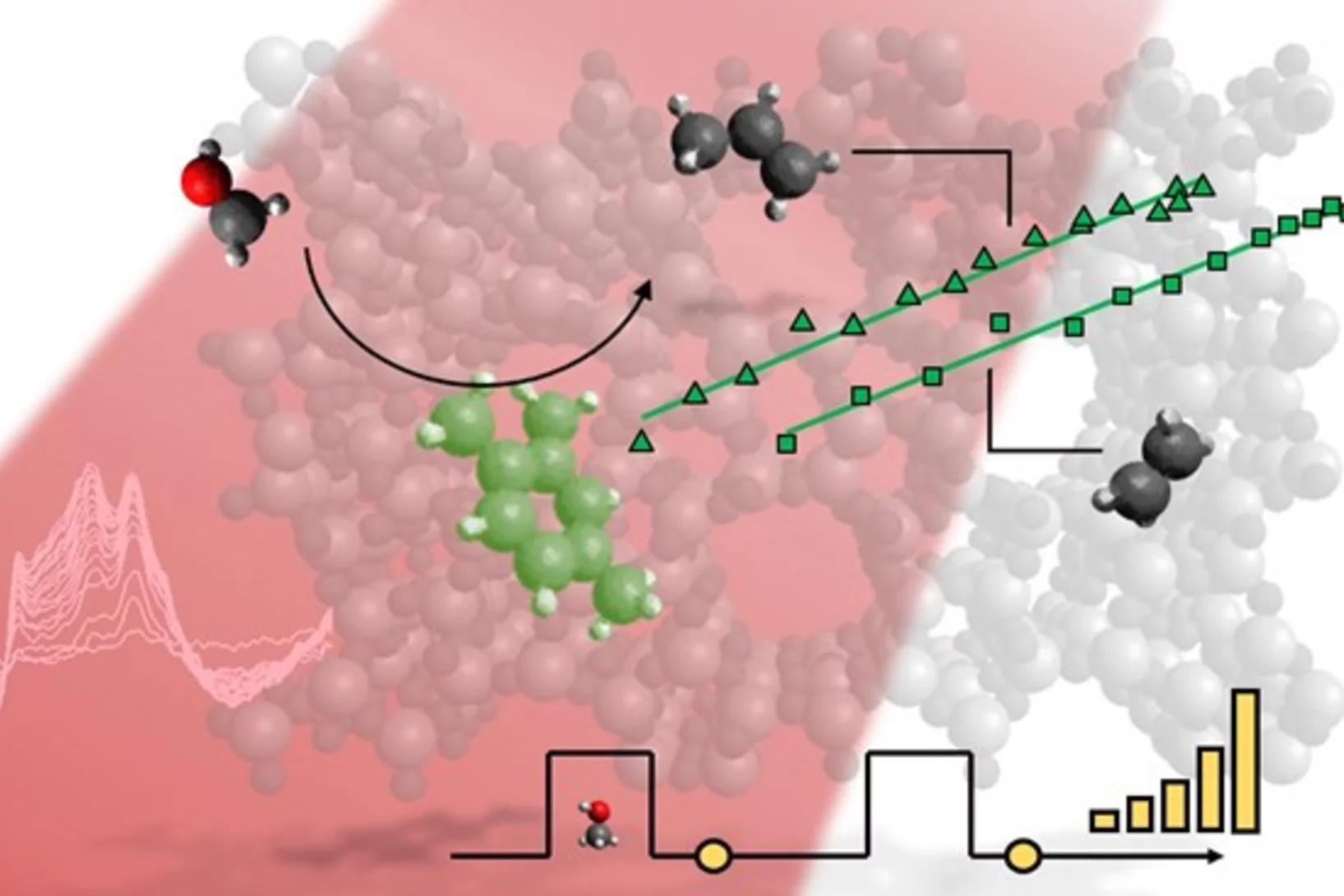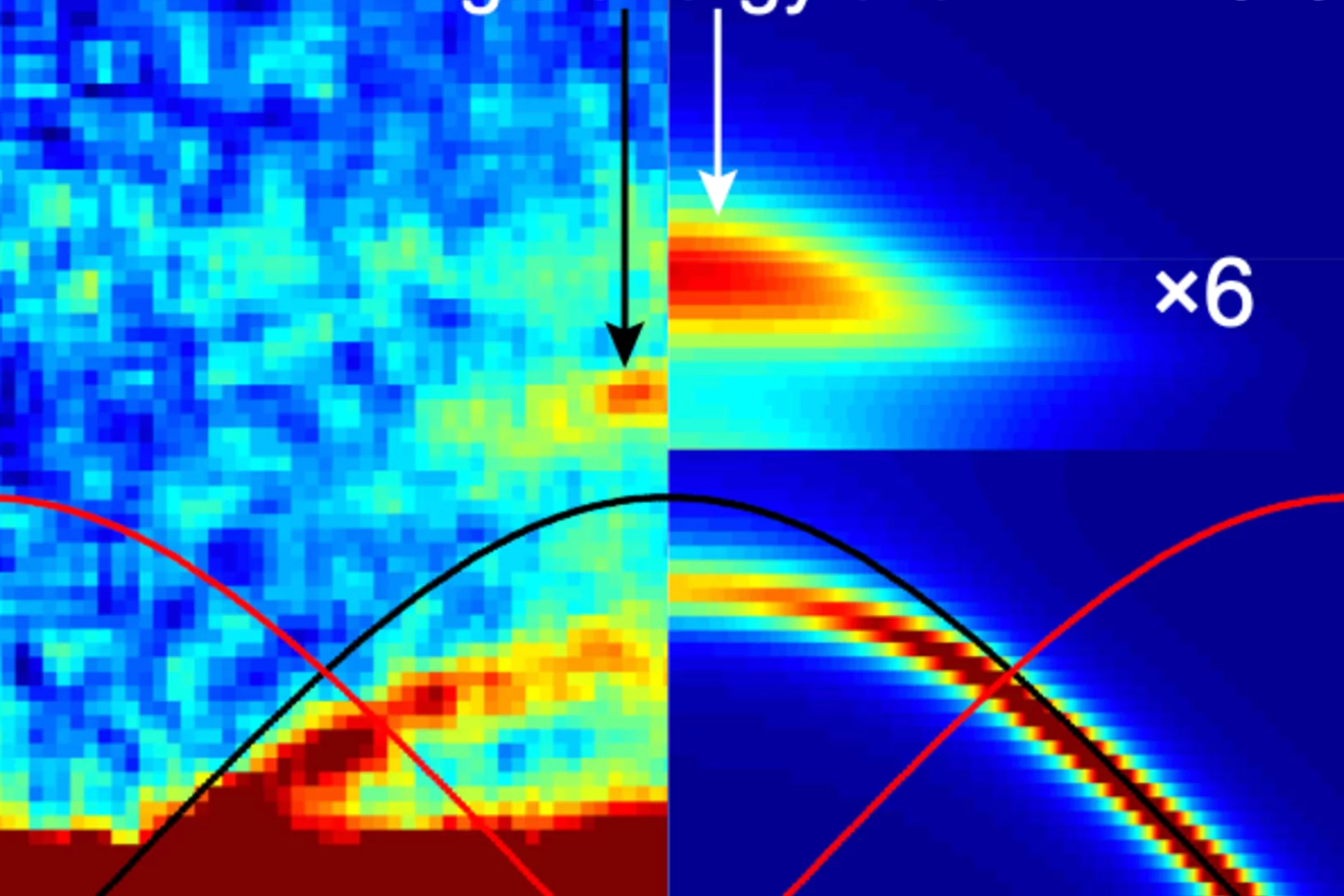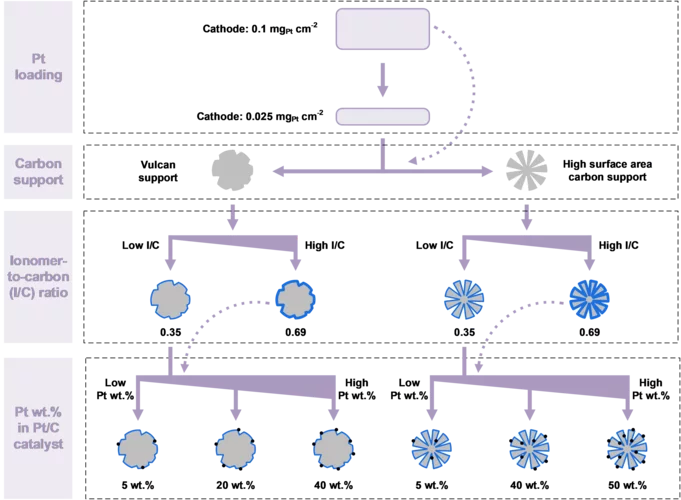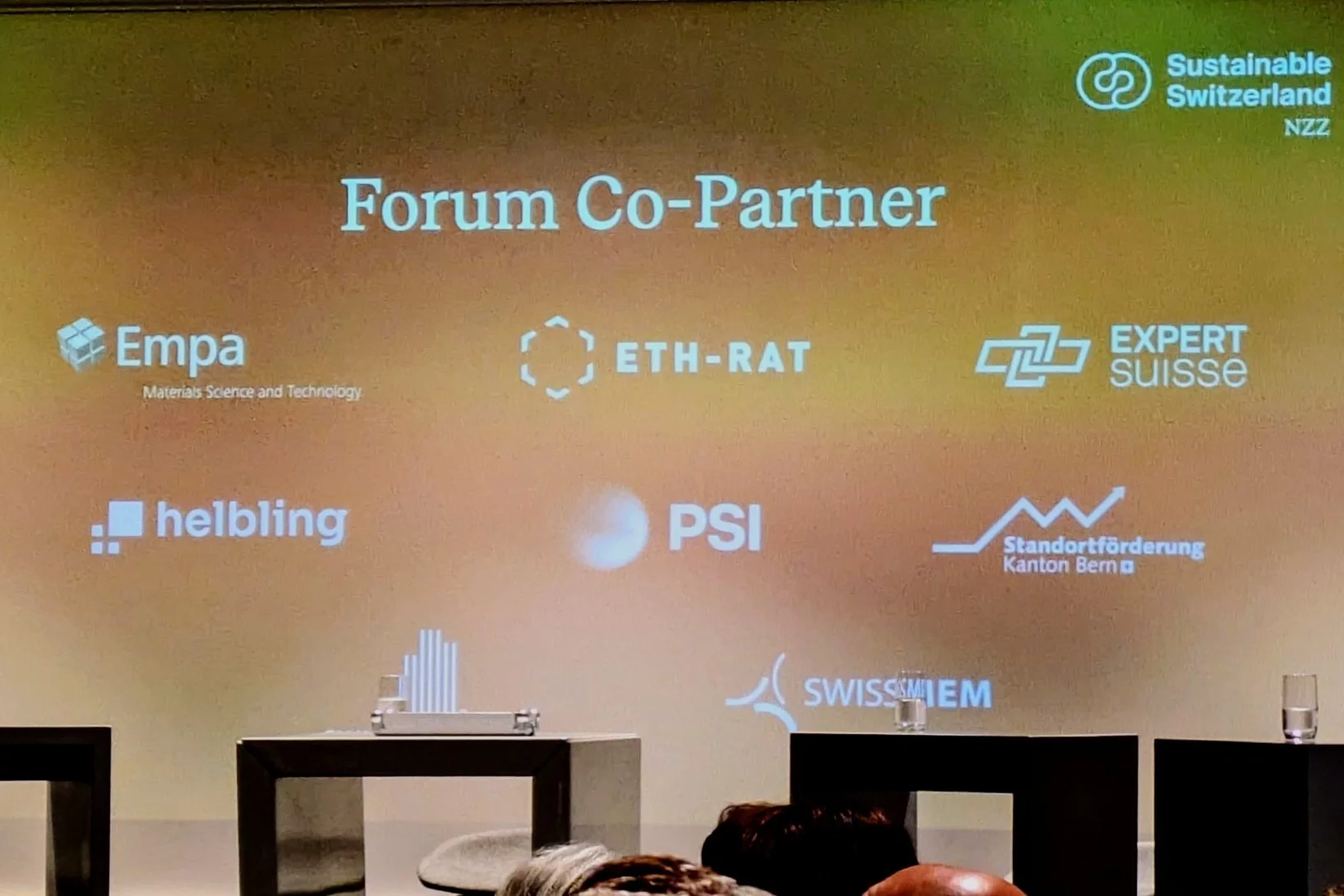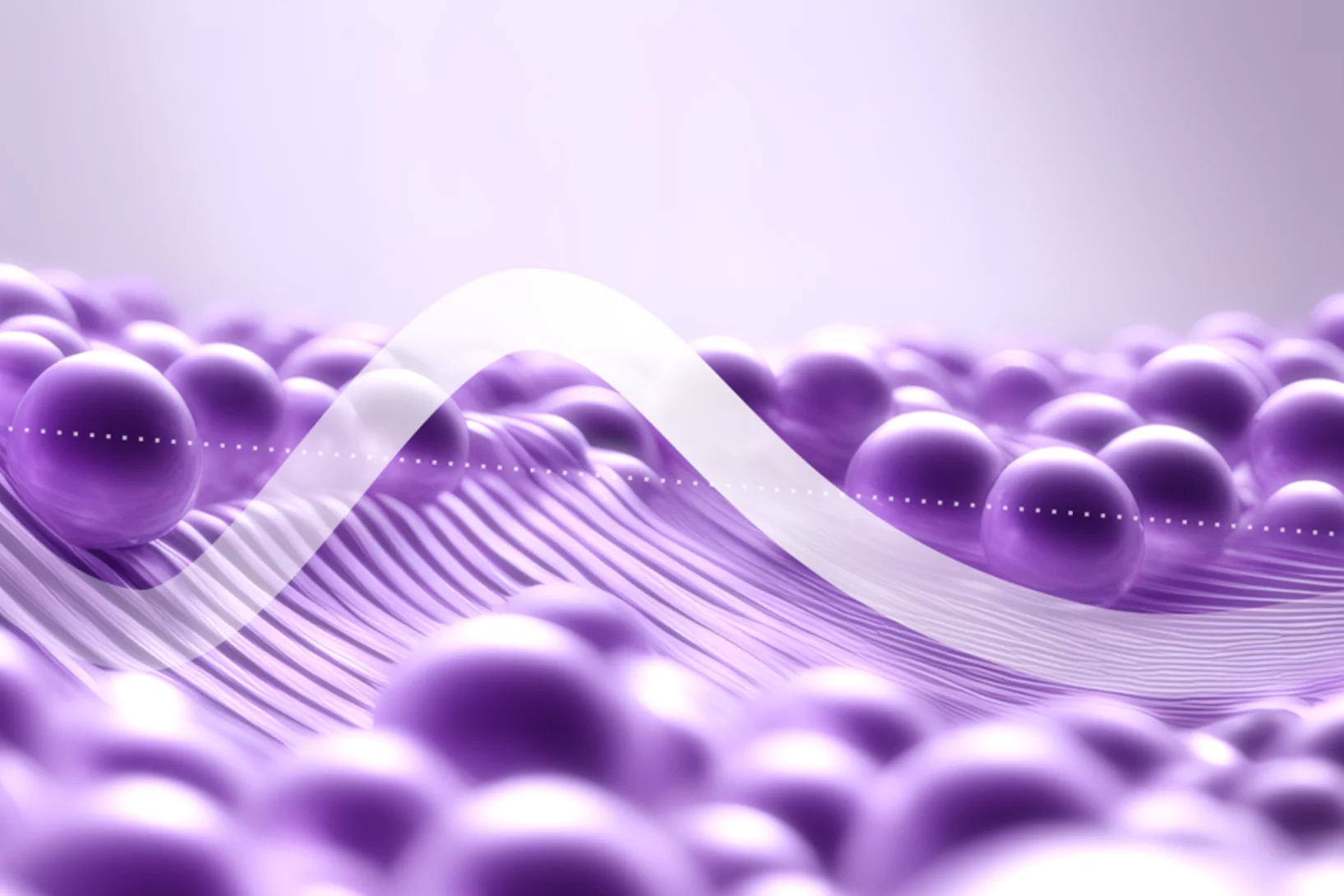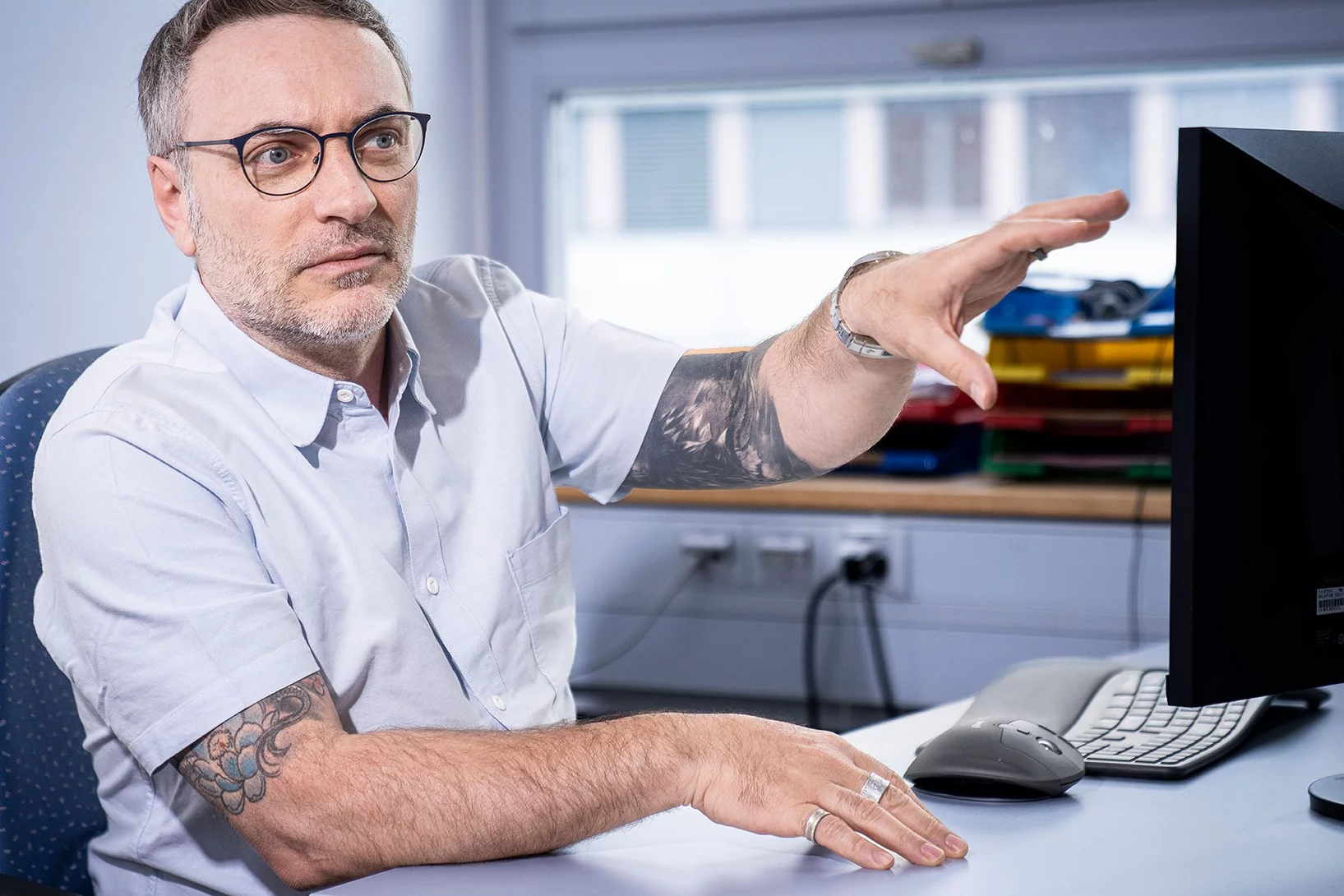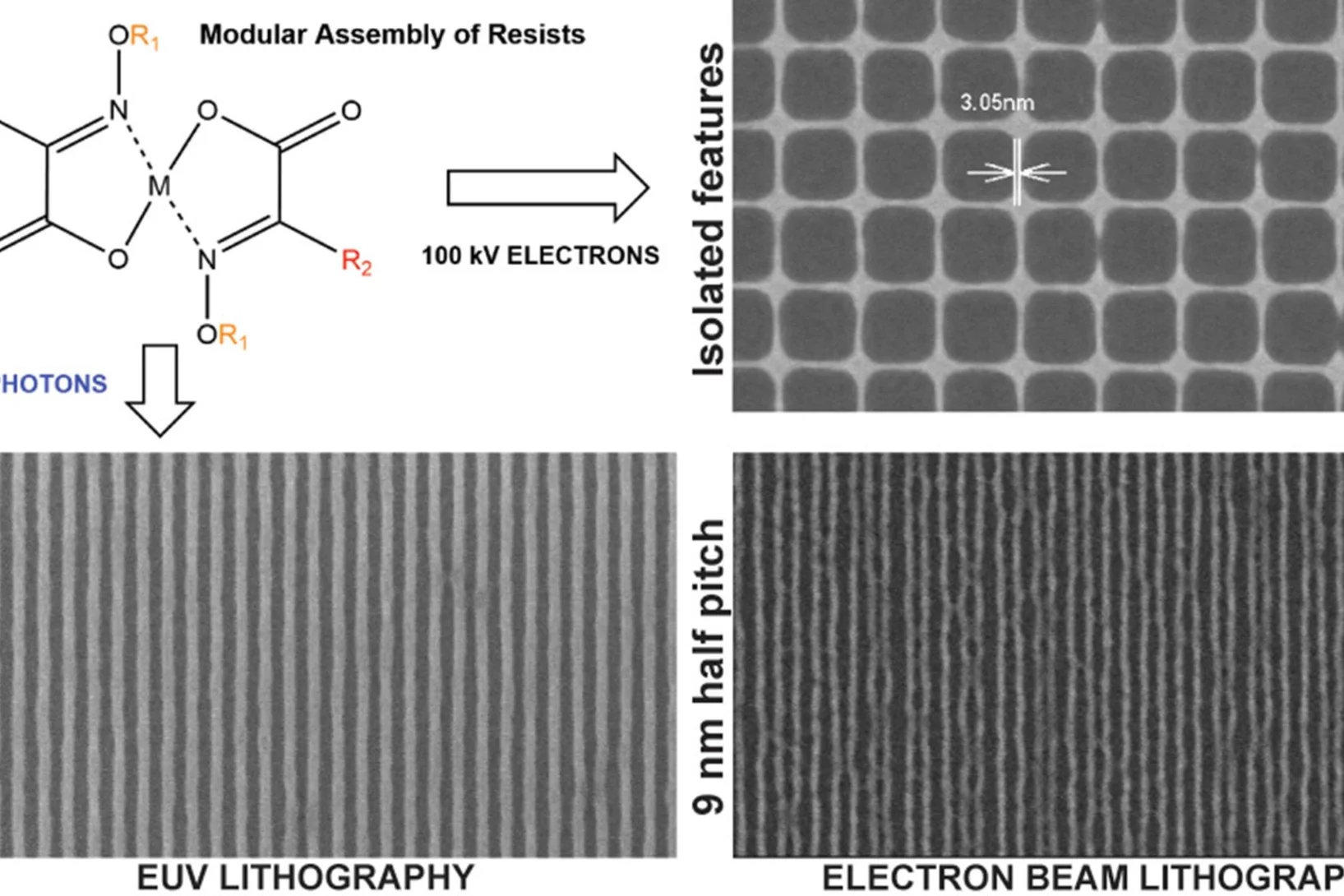Abandon de l’énergie nucléaire, développement de l’énergie solaire et éolienne, production d’énergie à partir de la biomasse, réduction de la consommation d’énergie. D’ici 2050, la Suisse doit atteindre la neutralité climatique. Un objectif ambitieux, rendu plus urgent que jamais par une situation géopolitique de plus en plus difficile. Comment faire pour mettre en place ces prochaines années un approvisionnement énergétique durable et résistant pour la Suisse? Comment les énergies renouvelables peuvent-elles être utilisées de manière optimale? Quelles sont les nouvelles technologies les plus prometteuses? Au PSI, des chercheurs s’efforcent de trouver des réponses à ces questions décisives.
WorldSkills 2024
Grossartig! Melvin Deubelbeiss hat an der WorldSkills 2024 in der Disziplin Elektronik die Silbermedaille gewonnen
Les spin-offs du PSI brillent aux TOP 100 Swiss Startup Awards!
Deux spin-offs du Paul Scherrer Institut PSI ont réussi à se classer parmi les TOP 100 Swiss Startups 2024!
Berufsübergreifendes Projekt (BüP), eine Zwischenbilanz
Erfolgreicher Start des Töggelikasten-Projekts
Am 13. Dezember 2023 startete das Projekt Töggelikasten. In diesem Projekt wollen wir alle Berufe am PSI abbilden und dies 2025 am Anlass «Lehrberufe à la carte» präsentieren.
Lehrabschlussfeier 2024
Lehrabschlussfeier
Welcome to LXN Jamie Bragg
Herzlich Willkommen Jamie Bragg im LXN!
Welcome to LXN Tijl Degroote
Herzlich Willkommen Tijl Degroote im LXN!
Towards first experiments on SANS-LLB
SANS-LLB instrument at SINQ close to performing first internal experiments
Excited About SLS 2.0!
Researchers tell us why they are excited about SLS 2.0 and more brilliant light for science
Nobel Prize winner Anne L’Huillier visits SwissFEL
X-ray free-electron lasers could unlock the next frontier in attosecond research
The Zuoz school’s 26th edition
26th Zuoz Summer School on particle physics took place at the Lyceum Alpinum with close to 100 participants.
SLS 2.0 : Donner à l’industrie les moyens de réussir avec une technologie de pointe
Le projet « SLS 2.0 » portera la source de lumière synchrotron suisse (SLS) du PSI à un nouveau niveau technologique, garantissant ainsi son maintien en tête des recherches mondiales. Cette mise à niveau n’offre pas seulement de nouvelles perspectives pour la science, mais aussi pour l’industrie.
PRISMAP Radiolanthanides Workshop: Advancing Cancer Therapy
The PRISMAP Radiolanthanides Workshop took place at the Paul Scherrer Institute in Switzerland from September 3 to 5, 2024. This influential three-day event gathered leading experts to review the latest advancements in radiolanthanides—radioactive elements at the forefront of cancer therapy. The workshop showcased cutting-edge developments in radiolanthanide production and explored their applications in both preclinical and clinical settings. A key highlight was an insightful panel discussion on the "Clinical Translation of Terbium-161 and Lessons Learned," which provided valuable takeaways for the future of cancer treatment. The event received extensive media coverage and was recently featured by the Swiss Society of Radiopharmacy and Radiopharmaceutical Chemistry (SGRRC)
Worauf die PSI Nachwuchsforschenden bei der Stellensuche achten
Die Vereinigung der Doktorierenden und Postdocs am PSI (PhD and Postdoc Association, PPA) hat bei den Nachwuchsforschenden Stimmen gesammelt, was ihnen bei der Stellensuche wichtig ist, und diese an der ersten PSI & Park Innovaare Karrieremesse präsentiert. Wir teilen eine Zusammenfassung hier auf dem Career Blog, um Arbeitgebende dabei zu unterstützen, unsere Talente mit den Argumenten abzuholen, die relevant für sie sind.
SCS Fall Meeting 2024 and Paul
On September 5, 2024, the Fall Meeting 2024 of the Swiss Chemical Society took place. The annual event attracts young (and old) chemists from all over Switzerland and gathers them at one of the country’s major universities. This year’s edition was held at the University of Fribourg. While most PhD students of LRC participated with poster presentations, Jennifer Wilson and Michael Hofstetter managed to secure themselves one of the rare spots for an oral presentation. Among many outstanding contributions, Paul Dutheil won the Best Poster Award - congratulations from the whole LRC to our honorary member, Paul! Well done :)
Energy Economics has a new group head
Dr. Evangelos Panos steps into his new role at PSI-LEA.
CSD Waldfäscht
On August 26th, our division enjoyed a very pleasant get-together with great food, lively conversations, and team bonding over a barbecue, creating a warm atmosphere for everyone to connect outside the usual work environment.
Research on Synthetic Fuels at LEA
An overview of our research on sustainable chemical fuels.
NRC 10 and Mike
During the week of August 25-30, 2024, members of the Laboratory of Radiochemistry attended the International Conference on Nuclear and Radiochemistry NRC10 in Brighton, United Kingdom. The conference covered a wide range of topics in the field and, although generally having a European focus, attracted international experts from around the world. Members of LRC gave strong poster presentations and great talks. Finally, Michael Hofstetter won the prize for the best oral presentation with his talk entitled “Unravelling ultra-trace lanthanide impurities in nuclear forensics evidence” – congratulations from all of us, Mike! Well deserved :)
Highlights from the 1st CSD Scientific Retreat
The 1st Scientific Computing, Theory and Data Scientific Retreat commenced on March 13th, 2024, marking a significant milestone in the collaborative efforts of the division researchers and scientists. Hosted at the Dorfschüür Würenlingen, the event brought together the division to share insights, updates, and visions for the future of our division.
Uncovering the secrets of rapid and green metal-organic framework synthesis
Using ATR-IR spectroscopy and high-energy XRD, we have studied the mechanism of ambient temperature aqueous synthesis of Zn-MOF-74. Starting from the need to change Zn precursor to disentangle signals in ATR-IR spectroscopy, we also developed a rapid synthesis of Zn-MOF-74 with Zn perchlorate.
Carbenium ions in the methanol-to-olefins process
The methanol-to-olefins process converts methanol into hydrocarbons over zeolite-based catalysts following a dual-cycle reaction mechanism within the paradigm of an hydrocarbon pool chemistry. In this work, we use operando DRIFTS/GC to correlate the nature of species residing within the porosity of zeolites (DRIFTS) and the products distribution (GC).
Quantum Spin Dynamics Due to Strong Kitaev Interactions in the Triangular-Lattice Antiferromagnet CsCeSe2
The extraordinary properties of the Kitaev model have motivated an intense search for new physics in materials that combine geometrical and bond frustration. In this Letter, we employ inelastic neutron scattering, spin wave theory, and exact diagonalization to study the spin dynamics in the perfect triangular-lattice antiferromagnet (TLAF) CsCeSe2. This material orders into a stripe phase, which is demonstrated to arise as a consequence of the off-diagonal bond-dependent terms in the spin Hamiltonian ...
ReMade@ARI Call Announcement
ReMade@ARI is happy to announce its 4th call for proposals for 2024!
Evidence for time-reversal symmetry-breaking kagome superconductivity
Superconductivity and magnetism are often antagonistic in quantum matter, although their intertwining has long been considered in frustrated-lattice systems. Here we utilize scanning tunnelling microscopy and muon spin resonance to demonstrate time-reversal symmetry-breaking superconductivity in kagome metal Cs(V, Ta)3Sb5, where the Cooper pairing exhibits magnetism and is modulated by it. In the magnetic channel, we observe spontaneous internal magnetism ...
Hydrogen Electrode for Membrane Water Electrolyzers with Low Gas Crossover
Proton exchange membrane (PEM) water electrolyzer are considered a for the Energy Transition to produce green hydrogen for fuel cell-based mobility, industrial processes, and seasonal storage. Platinum group metals (PGMs) are conventionally used as catalysts for electrode reactions due to their outstanding catalytic activity and chemical stability in the harsh acidic environment of the cell. Commercial carbon-supported platinum (Pt/C) electrocatalysts remains a state-of-the-art choice for the hydrogen evolution reaction (HER) on the cathode side of the cell. While a high Pt loading between 0.5 and 1.0 mgPt/cm2 is commonly used today, a reduction of the Pt loading to below 0.05 mgPt/cm2 is desired to reduce the cost of PGM usage in megawatt-scale PEM water electrolysis systems. In addition, in connection with the trend towards the use of thinner membranes (<0.1 mm), gas crossover through the membrane from the cathode to the anode side can lead to the formation of an explosive gas mixture in the anode product stream. In this study, we varied the design parameters for the cathode catalyst layer to reduce the Pt loading to 0.025 mg/cm2 while at the same time minimizing the rate of hydrogen crossover to the anode.
Novel Photoresist Chemistry Enables Lithography Approaching Angstrom-Scale Resolution
Photoresist materials are crucial in the manufacturing of computer chips, where the circuits are initially printed in the photoresist using photolithography. As the demand for smaller and more precise circuitry in computer chips grows, photoresists must resolve features with smaller sizes and higher density.
PSI au Forum Sustainable Switzerland
Le Forum Sustainable Switzerland, la conférence sur la durabilité organisée par NZZ Connect, se tient aujourd'hui à Berne, avec la participation du PSI en tant que partenaire.
Controlling magnetic waves in a spin liquid
Scientists at the Paul Scherrer Institute PSI have shown that excitation of a spin liquid with intense THz pulses causes spins to appear and align within less than a picosecond. This induced coherent state causes a magnetic field to form inside the material, which is detected using ultrashort X-ray pulses at the X-ray Free Electron Laser SwissFEL.
Un élément «magique» remet en question le modèle de la synthèse nucléaire dans les étoiles
Des mesures surprenantes mènent sur la piste d’un processus inconnu.
Novel Photoresist Chemistry Enables Lithography Approaching Angstrom-Scale Resolution
Photoresist materials are crucial in the manufacturing of computer chips, where the circuits are initially printed in the photoresist using photolithography. As the demand for smaller and more precise circuitry in computer chips grows, photoresists must resolve features with smaller sizes and higher density. One of the factors determining the ultimate resolution in lithography is the molecular size/mass of the photoresists.

